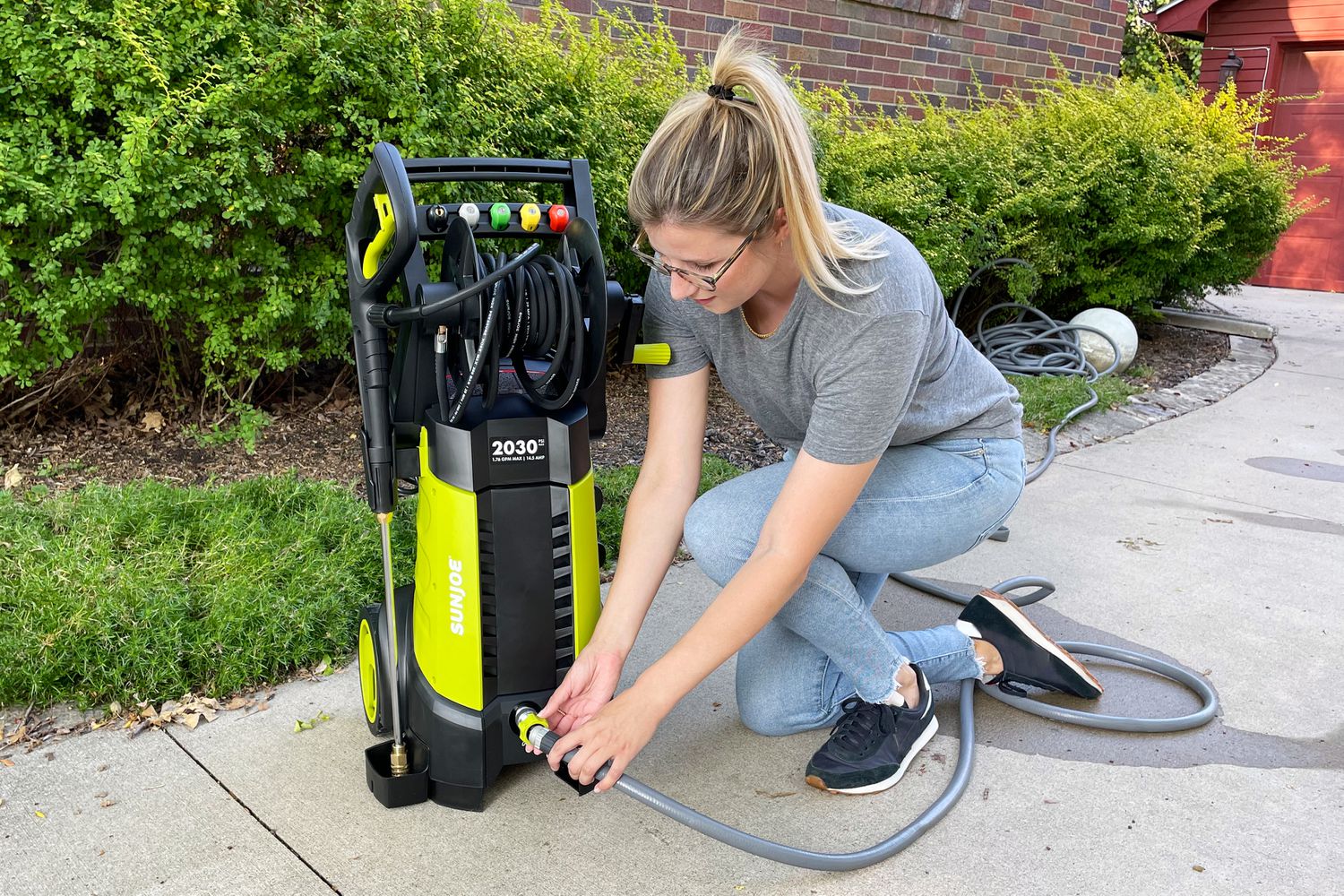
Whether you own a small electric power washer for home use or a heavy-duty gas-powered model, taking care of your equipment is the key to keeping it running efficiently for years. Just like any tool, your power washer needs regular maintenance to stay safe, powerful, and ready for action when you need it.
In this guide, we’ll walk you through the most important steps for maintaining your power washer, how to prevent common problems, and what to do before and after each use. 💪🔧
⚙️ Why Maintenance Matters
Power washers deal with high water pressure, heat, vibration, fuel (in gas models), and moving parts — all of which can break down over time without care.
Proper maintenance helps you:
- Extend the lifespan of your unit
- Avoid costly repairs or replacements
- Keep the water pressure strong and reliable
- Prevent leaks, rust, and engine issues
- Operate safely
In short, a little attention now saves a lot of hassle later. 🧠✅
🧰 Basic Power Washer Components That Need Care
No matter the model, your pressure washer will have several key parts that need attention:
- Pump – The heart of the machine; must stay lubricated and clean
- Engine (gas models) – Requires oil changes and air filter upkeep
- Hose and wand – Can clog, leak, or crack over time
- Nozzles/tips – Often overlooked, but critical for proper spray patterns
- Inlet filter – Traps debris from your water source
- Detergent tank or siphon – Can gum up with old soap
🛠️ After Each Use: Quick Cleanup Checklist
The best time to protect your pressure washer is right after using it. Here’s your simple end-of-job routine:
1. Flush the System
- Run clean water through the machine for a minute or two to flush out any detergent or grime.
2. Drain Excess Water
- Disconnect the hose, wand, and nozzle.
- Squeeze the trigger to release built-up pressure.
- Tilt the washer to drain any leftover water from the pump.
3. Check and Clean the Nozzle Tip
- Remove the tip and check for blockages.
- Use a nozzle cleaning tool or paperclip to clear debris.
4. Inspect the Hose and Cords
- Look for cracks, leaks, or fraying wires (for electric models).
- Store hoses loosely coiled — not kinked — to avoid wear.
5. Wipe It Down
- Remove any dirt or residue from the unit.
- Store it in a dry, covered area away from direct sun and moisture.
🧼 This quick 10-minute routine will prevent clogs, buildup, and water damage.
Browse Amazon Here For Top Rated Power Washers And Accessories
🔧 Monthly or Seasonal Maintenance
If you’re a frequent user or getting ready for seasonal cleaning, take time to do deeper checks:
🛢️ For Gas Models:
- Change the engine oil every 25–50 hours of use (or as specified in your manual).
- Check and replace the air filter as needed.
- Inspect spark plug for wear or corrosion.
- Add fuel stabilizer if storing the washer for more than 30 days.
🧼 For All Models:
- Lubricate O-rings and connectors to prevent cracking.
- Inspect pump oil (if your washer has a separate pump reservoir).
- Check inlet filter for blockages or hard water deposits.
- Run pump saver (antifreeze and lubricant mix) through the system to protect internal parts if storing in cold weather.
💡 Tip: Keep a maintenance log in your garage or toolbox to track what’s been done.
❄️ Winterizing Your Power Washer
One of the biggest threats to a power washer is freezing water left inside the unit. Even a small amount of leftover moisture can expand and crack the pump, hoses, or valves when temperatures drop.
Winter Storage Steps:
- Drain all water from hoses, the pump, and wand.
- Add pump saver to prevent corrosion and freeze damage.
- Store indoors in a dry, temperature-controlled place.
- Disconnect battery (if your unit has one) or remove the spark plug.
Avoid leaving it in an unheated garage or shed without winterizing — it’s the fastest way to ruin your equipment. 🧊🚫
🔄 Common Signs Your Washer Needs Service
Even with regular care, machines wear down. Watch out for these red flags:
- Loss of pressure
- Leaking water around the pump or connections
- Strange noises during operation
- Surging (pulsing power while spraying)
- Excessive vibration or smoke (for gas models)
If you notice these symptoms, stop using the machine and refer to your manual or contact a repair service. Early attention can often fix problems before they worsen.
🧠 Pro Tips for Long-Term Reliability
- Only use clean water. Avoid well water with high mineral content unless filtered.
- Use the right soap. Stick to pressure-washer-approved detergents.
- Never run it dry. Always ensure water is flowing before starting the machine.
- Don’t idle too long. Running without spraying can overheat the pump.
- Keep it covered. Use a tarp or washer cover when not in use.
These small habits go a long way toward protecting your investment.
✅ Final Thoughts
A well-maintained power washer will last for years — maybe even decades — with the right care. Treat it like a tool, not a toy, and it’ll repay you with reliable, powerful cleaning whenever you need it.
So after your next satisfying blast of dirt and grime, don’t just wheel your washer into the garage and forget about it. Give it a little TLC, follow a smart maintenance schedule, and keep it ready for the next job.
Because a clean home starts with clean tools. 🧽🧼
Browse Amazon Here For Top Rated Power Washers And Accessories



